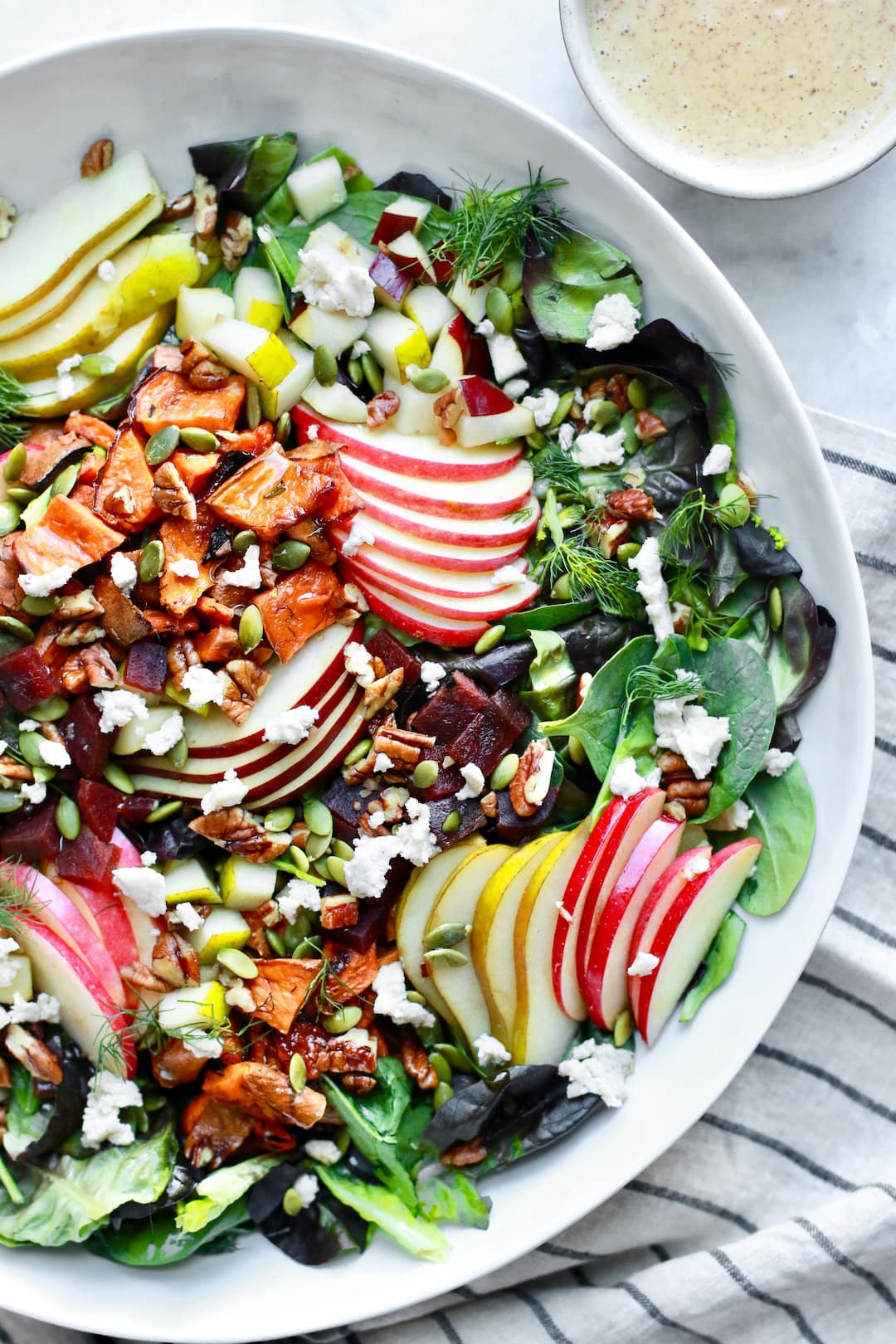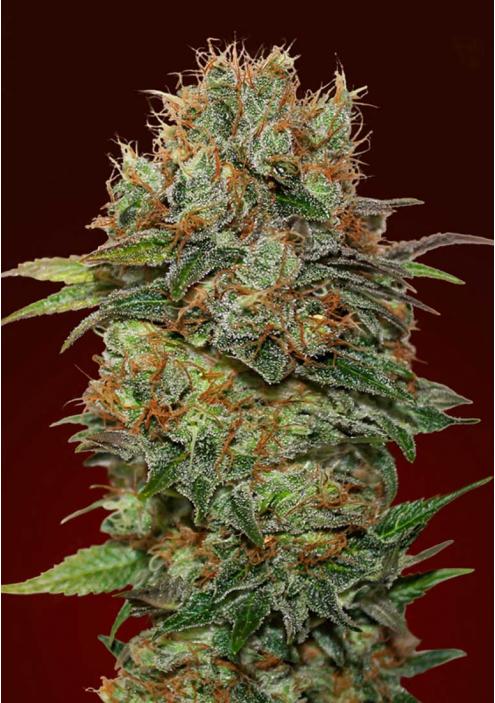

“The crunchiness, the flavor, the hue it's a nice size apple,” he said. They pick and press Firecrackers themselves to make hard cider while the Pink Lusters are popular among U-Pick visitors. At Lagoner Farms they have about 150 trees of each apple, he said. Mark Lagoner, a farmer who grows apples in Williamson, New York, has two of Cornell's three newest varieties: Pink Luster and Firecracker. “It's simple math at the end of the day.” “In 20 years, you're not going to be able to find Macouns,” Hill said, noting the short window of profitability. While tasty, they have a short season (just three weeks) compared to other, newer varieties. Macouns were released out of Cornell’s breeding program in 1923. They’re notably taller than the dwarf trees growing the latest apples and many older varieties like Honeycrisp and Gala that make up about two-thirds of the entire orchard. Credit: kellen beck / mashableĪbout 30 yards away grow rows of Macoun trees.

He's been growing them for about a decade. They're Hill’s favorite.įarmer Scott Hill holds a SnapDragon apple, showing off the high amount of red color coverage.
#BIG FARM MOBILE HARVEST APPLE SEEDS SKIN#
Under that skin lies some of the tastiest apple you can have the pleasure of biting into. The SnapDragons were a little taller with a lighter complexion and more green and yellow splotches. The RubyFrosts were plump and deeply red. On an early October day at The Orchards of Concklin in Pomona, New York, farmer Scott Hill rifled through a crate of RubyFrosts and a crate of SnapDragons, both released by Cornell in 2013. “Here we are in this pretty unique climate for growing apples and nothing had been selected for this particular unique climate.”īreeding apples takes a lot of time and energy, but for breeders, growers, and apple eaters alike, developing new varieties is a crucial part of the continued cultivation of the United States’ most consumed fruit. producer, was bred and selected for other environments where there were other challenges,” she said. “Every apple that was grown here, even though we are the major U.S. Evans said that part of the impetus for the program was to create an apple suited to the town known as the Apple Capital of the World and its surrounding arid region. Washington’s program began in 1994 and had its first wide release, the Cosmic Crisp, in 2017. Kate Evans, a Washington State University professor and breeder in the WSU Tree Fruit Research and Extension Center, said she plants about 15,000 to 20,000 unique cross-bred seeds here a year. “The SnapDragon was 11 years from making the cross to commercialization.”įrom Geneva, if you drive west on Interstate 90 for 2,500 miles you'll reach Wenatchee, Washington. For a little perspective, the SnapDragon apple that came out of Cornell in 2013 was the program’s fastest release. If you take a McIntosh apple and plant the seeds inside of it, the resulting trees won't produce McIntosh apples.Ĭreating new apples in a controlled way, which involves cross-breeding two kinds of apples to produce hybrid seeds, is a long process with a low chance of success. “You plant out apples and it's like they scream, they just want to be diverse,” she said.Īpples have a propensity to jumble up their own genes, Brown said.


Susan Brown, a Cornell University professor and the head of Cornell’s storied apple breeding program that began in 1880. In Geneva, New York, Cornell's College of Agriculture and Life Sciences AgriTech tests around 50 acres of apple trees under the purview of Dr. This year, Cornell University released three new apple varieties: the scab-resistant Cordera, the crisp and mild Pink Luster, and the complexly flavored Firecracker.Ĭollectively, they're a culmination of decades of work by apple breeders, who are out in orchards around the world, testing out apple trees by the thousands to create new varieties that are delicious, store for a long time, more disease-resistant, put less physical strain on growers, and less resource strain on the land where they grow.


 0 kommentar(er)
0 kommentar(er)
